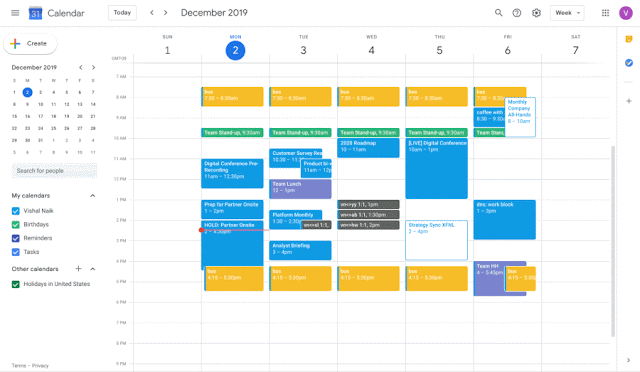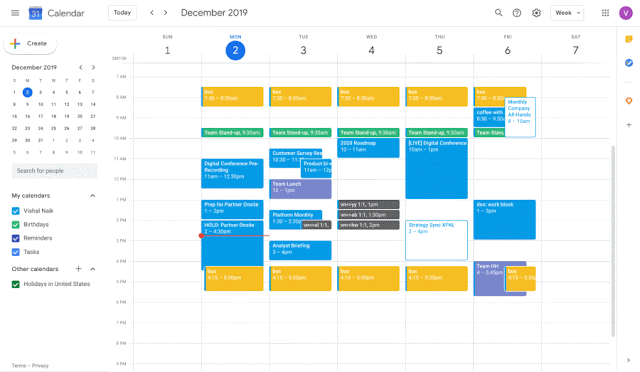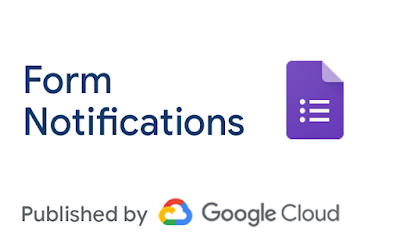We’ve made several updates to the Admin console interface. Specifically, we’ve:
- Streamlined the API client access page
- Improved and expanded the G Suite Marketplace apps (GSM) settings
- Made it easier to manage admin role assignments
- Created a new interface for domain management
- Updated the unmanaged users and consumer account invite section
See below for more details on each of these changes.
Streamlined the API client access page
The API client access page helps you grant API access to internal or 3rd-party apps, especially those using service accounts, on behalf of your users. We’ve created a simpler view of all apps that are authorized for domain-wide delegation and all authorized scopes, with service account and app name details. Updates to this view include:
- A new location for the page. It’s now found at Security > API Controls > Domain-wide Delegation. It was previously at Security > Advanced settings.
- Improved interface, with more information and clearer UI, which makes it easier to see, understand, and manage apps and scopes.
- Removed applications domain-installed from G Suite Marketplace (GSM) from this view (they’re now in the GSM settings section, detailed below.)
The new interface for domain-wide delegation in the Admin console
Improved and expanded G Suite Marketplace apps (GSM) settings section
The GSM section helps you control which GSM apps your organization can use. Updates in this section include:
- General interface updates to several pages, including Admin console > Apps > G Suite Marketplace whitelist, Admin console > Apps > Settings for G Suite Marketplace apps, and Admin console > Apps > Domain install G Suite Marketplace apps.
- Functionality updates when you click into a specific app on the Domain install G Suite Marketplace apps page, including:
- A new “partially approved” status, in addition to "approved" and "not approved" to provide more visibility into data permissions for apps.
- New grouping for data access scopes by API buckets (e.g. "Gmail," "Calendar," etc) to make it easier to understand app data access.
- The OAuth client ID for the app.
Visit the Help Center to learn more about
how to manage Marketplace apps for your organization.
An example of the improved GSM app information page
Easier to manage admin role assignments
We’ve made updates to the area where you can view, create and assign admin roles within your organization. Improvements include:
- A new roles home page, where you can quickly see all the system and custom roles and the admins assigned those roles.
- New quick-action buttons to more easily understand role privileges, then add and manage users in those roles.
- Easier ways to create and assign custom roles, including ability to copy an existing role.
Use our Help Center to learn more about
administrator roles in G Suite.
The new interface to manage admin roles
New interface for domain management in the Admin console
We’ve updated the interface you use to manage your primary domain, secondary domains, and domain aliases. When you go to
Admin console > Domains > Manage domains, you may notice:
- An updated interface with more complete information and descriptions of items and domain state.
- New grouped action buttons which make it easier to see and select the action you want to take, such as verifying domains, changing your primary domain, setting up MX records, and more.
- A new side panel which shows information about domains registered through Google, enabling you to quickly see and manage renewals and advanced DNS settings.
Use our Help Center to learn more about how to
add and manage domains in G Suite.
The new domain management interface in the Admin console
Updated the unmanaged users and consumer account invite section
We’re making improvements to the interface you use to find and manage users who have personal Google Accounts that use your organization's domain. Through this interface you can invite them to join your domain so you can better manage their accounts and any company data within it.
Specifically, when you go to
Admin console > Tools > Transfer tool for unmanaged users, you’ll find an updated interface that makes it easier to:
- Switch between managed and unmanaged account views.
- See and filter users with personal accounts.
- Invite them to migrate that account to your G Suite organization.
Visit the Help Center to learn more about
managing existing personal accounts for your organization.
Unmanaged user section in the Admin console
Getting started
- Admins: These updates will happen automatically. Use the Help Center links in each section above to learn more about the enhancements and available controls.
- End users: No end user impact.
Rollout pace
- These updates are available now for all users.
Availability
- Available to all G Suite customers
Roadmap
- Updates to the G Suite Marketplace apps section in Admin console was listed as an upcoming G Suite release.

















